
What is the role of installation in architecture? More importantly, how does a curator arrange an installation that is primarily concerned with the effects of installation? “Bigger Than a Breadbox," which held its public opening reception on June 17th, is partly the brainchild of BSA space, Archinect, and curators Aaron Willette and Rob Trumbour of Khôra LLC, who considered precisely how to arrange the space to best explore this concept. We asked curator Aaron Willette about his process and the inherent challenges in creating an installation about installation.

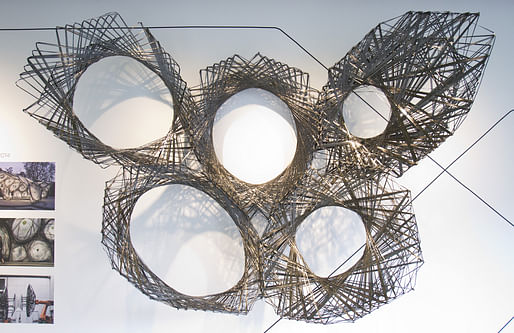
“Working with architects is like herding cats,” Willette joked, before describing the fundamental aim of the installation, which was to incorporate the general public, not only physically, but intellectually. Instead of creating a highly abstracted terrain, first-time curator Willette strove to make the exhibit as accessible to passerby as it would be to gallery veterans.

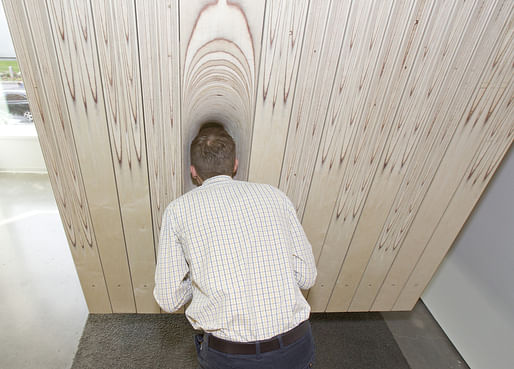
Willette worked on precisely how to mount the exhibition for about a year and a half. It was iterative process, partly because the winning work, “The Pulp Canopy,” is designed to demonstrate how the spatial medium of installation “encapsulates emerging aspects of architecture.” BSA space, whose main gallery will host the exhibition through October 4th, is therefore not merely an interchangeable container for the works but an active part of the installation itself.
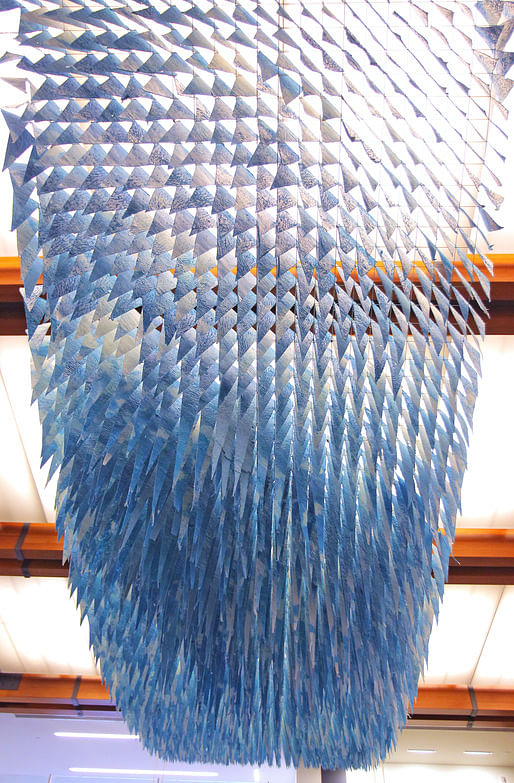
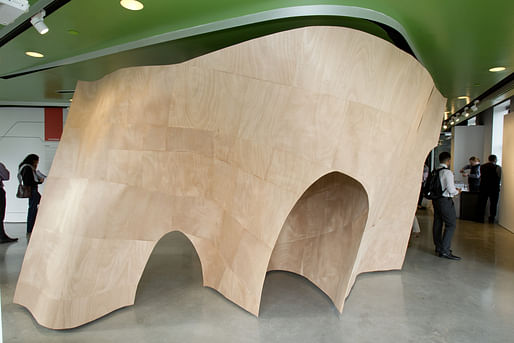
In addition to the winning piece, the exhibit features “artifacts,” portions of ongoing projects by practitioners, as well as pieces from some of the runners-up. The participating artists include NADAAA, IK Studio, Catie Newell from Alibi Studio, and Brandon Clifford and Wes McGee from Matter Design. Instructions for the Archinect-hosted competition required entrants to submit examples of a past installation along with a proposed extension of that installation into BSA Space. The concept behind the competition was not simply to recreate the previous installation, but rather expand upon the ideas and themes of the first installation with specific reference to BSA Space. Consisting of 4,000 triangular objects made from 800 unused airplane bathroom toilet rolls, "The Pulp Canopy" spans the length of the Atlantic Wharf lobby, forming the titular paper-based canopy. The installation hopes to reawaken viewers to the multivalent potential of reused paper.
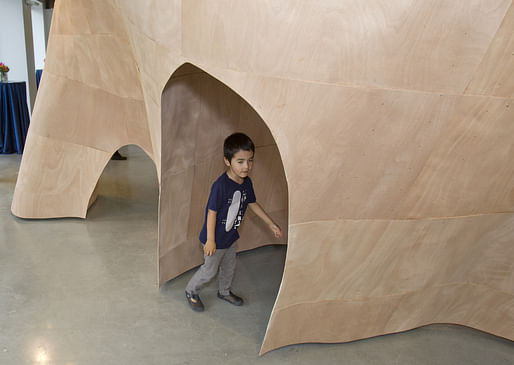

1 Comment
Great job Aaron and Rob!
Block this user
Are you sure you want to block this user and hide all related comments throughout the site?
Archinect
This is your first comment on Archinect. Your comment will be visible once approved.